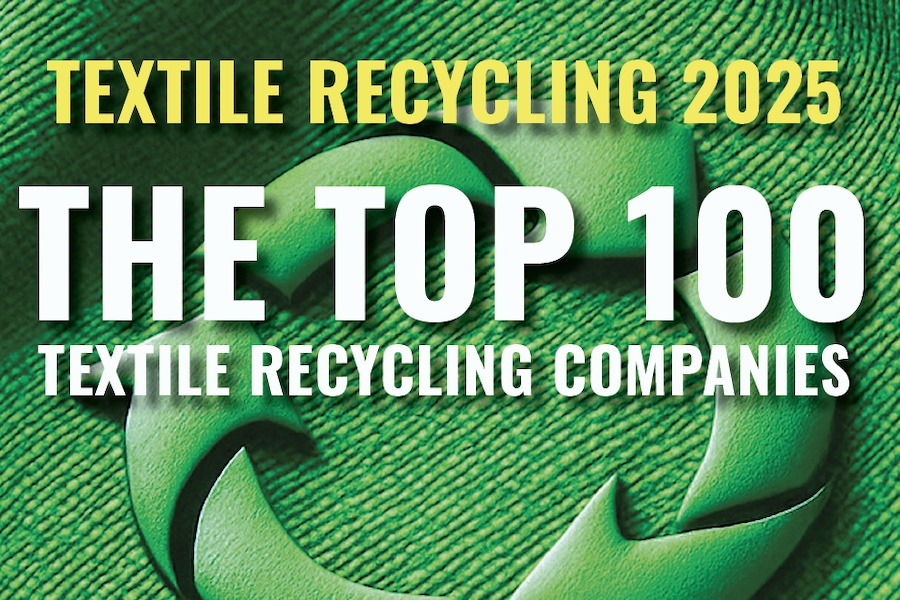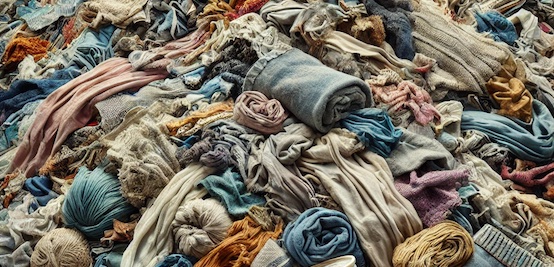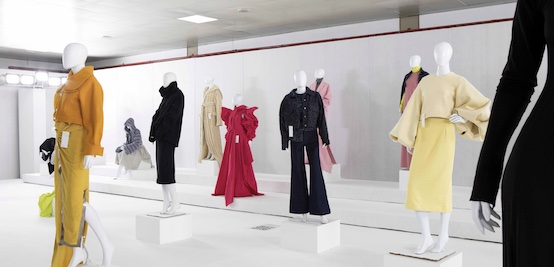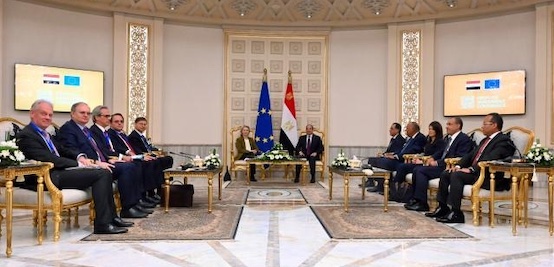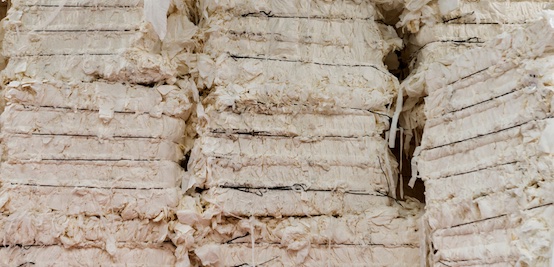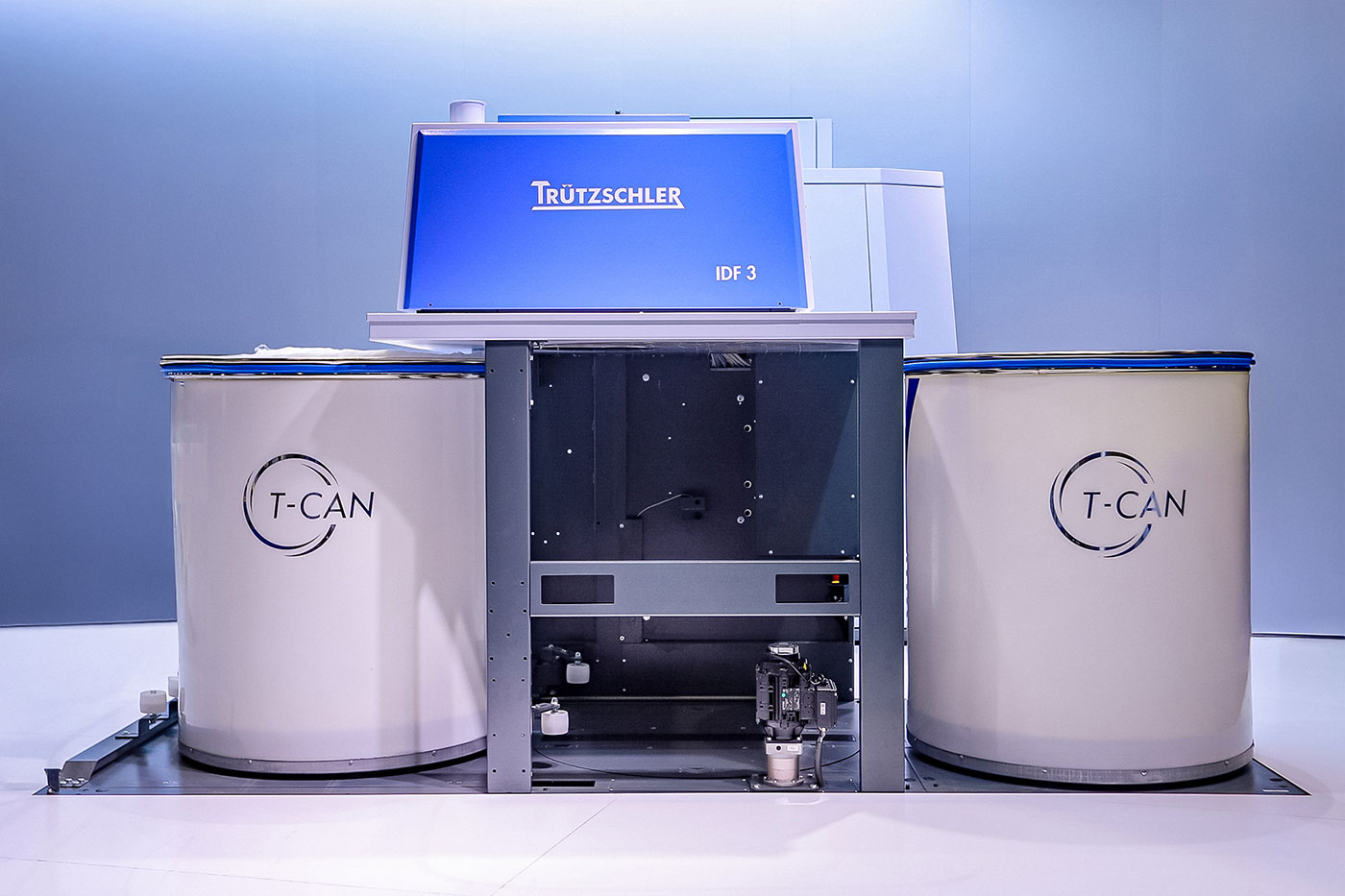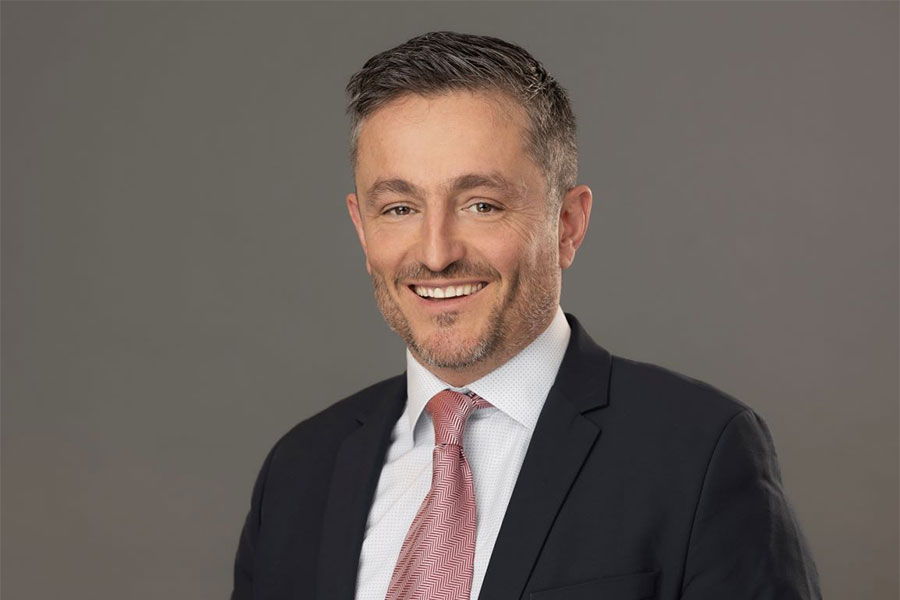#Market Analysis & Forecasts
New markets expected to drive expansion of airlaid nonwovens through 2027
Current airlaid markets are split into three major segments: hygiene, wipes and other. Hygiene includes components for feminine hygiene pads, adult incontinence products and baby diapers. Wipes includes both premoistened wipes as well as dry wipes; premoistened airlaid based wipes are usually baby wipes or moist toilet tissue while dry wipes are usually industrial wipes. The other category includes important end uses like table-top and food pads.
Global consumption of airlaid nonwovens in 2022 is 574,800 tonnes or 7.5 billion square metres (m2), valued at $2.0 billion. Growth rates for 2017-22 were 4.7% (tonnes), 3.8% (m2) and 8.0% ($). Airlaid is the smallest of the major nonwovens markets in 2022 and was the slowest growing from 2017 to 2022. Much of this slow growth can be attributed to the conservative approach the industry has taken to expansion, which has led to tight demand/supply ratios. Between 2017 and 2022, the demand/supply ration has increased from about 88% to 92%.
Growth rates for 2022-27 are forecast at 6.0% (tonnes), 5.3% (m2), and 7.7% ($). While still modest, these growth rates reflect the addition of some new, non-traditional markets, like packaging, insulation and moulded consumer products. Even with this higher growth, airlaid supply/demand is projected to tighten to over 94% globally by 2027. Airlaid average price per tonne growth is projected to again lead the nonwovens industry through 2027.
In 2022, airlaid supply is estimated at about 624,800 tonnes with supply at about 574,750 tonnes; demand/supply ratio is about 92%. Projections for 2022-27 show an inflection in the demand/supply curve, as new, non-traditional markets grow and require matching expansion of the newer, simpler airlaid lines and supply. Airlaid supply in 2027 is forecast to reach 814,800 tonnes with demand projected at 768,800 tonnes or a demand/supply ratio of about 94%. Based on historical expansion, it is expected that the demand/supply ratio will remain in the low to mid 90% range even beyond 2027.
New non-traditional markets
Packaging, insulation and moulded consumer products, the new non-traditional markets for airlaid nonwovens, use a simpler airlaid process, and their structure is less difficult to produce than current airlaid end-use products. This may provide a secondary segment to the industry, with easier access and less competition from existing producers, though this simpler process is unlikely to be capable of producing traditional airlaid products, like hygiene and wipes. Conversely, traditional airlaid processes will have a difficult time producing these simpler products economically.
Sustainability
Airlaid nonwovens, by global average, are 76.7% fluff pulp based in 2022. Fluff pulp is one of the most sustainable products on earth. Based on softwood trees, which are grown on carefully managed plantations, they grow on land not useful for food crops, with little or no irrigation or pesticides. Fluff pulp is biodegradable and one of the lowest cost raw materials used for nonwovens.

Airlaid is dryformed, using little water and little chemicals, resulting in little effluent or emissions. Athough airlaid nonwovens do require energy, primarily based on natural gas, it is one of the least energy intensive nonwoven processes.
Since the EU’s Single Use Plastics directive currently exempts binders from the product composition as plastics or non-plastics, most airlaid in 2022 already would be defined as non-plastics containing by the EU. But many airlaid producers are developing non-plastic binders.
Production concentration
Airlaid consumption is global, while airlaid production is concentrated in Asia, Europe and North America. There is no airlaid production in South America, the Middle East, Africa or the remainder of the world.



